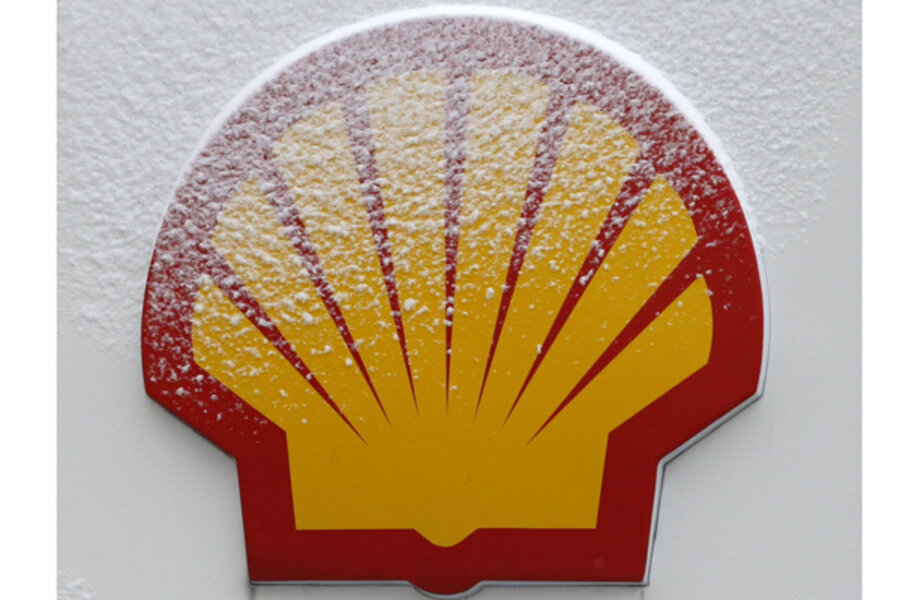Coast Guard checks 10-mile oil sheen near Shell oil wells in Gulf
Loading...
| NEW ORLEANS
The Coast Guard was checking reports Thursday of a 10-mile (16-kilometer) oil sheen in the Gulf of Mexico near wells operated by Shell Oil.
A helicopter with a pollution officer on board was headed out to determine the source of the oil, Coast Guard Petty Officer Steve Lehmann in New Orleans said. A report was expected later Thursday morning.
Shares in Royal Dutch Shell PLC fell in European trading early Thursday after it reported a "light sheen" of oil about 1 mile long and 10 miles wide in the general area of two of its production platforms in the oil and gas prospects called Mars and Ursa.
The company said the source of the sheen is unknown but it had no indication the sheen originated from its wells, about 130 miles (210 kilometers) southeast of New Orleans.
Shell sent a response ship to skim the area as a precaution.
Early reports could not determine whether oil was continuing to flow at the site near the Shell platforms.
The Mars and Ursa fields are producing oil and natural gas from huge tension-leg production platforms. The Mars platform is in 2,900 feet (883 meters) of water while Ursa is in 4,000 feet (1,220 meters) of water.
Shell operates six major offshore facilities, 13 crewed platforms and numerous subsea systems in the Gulf.
The sheen was reported in an area about 50 miles from the site of BP's Macondo well, which blew out in April 2010 and created the nation's worst offshore oil disaster. The now-plugged Macondo well is in about 5,000 feet (1,520 meters) of water.
Sheens spread quickly as oil breaks down and a small amount can cover a large area. Earlier this week, a tanker in the Mississippi River south of New Orleans spilled an estimated 50 gallons (189 liters) of oil. The sheen from the discharge extended almost 30 miles (50 kilometers) downriver.
Other possible sources, aside from oilfield equipment, could include natural seepage from the Gulf bottom and fuel discharged by passing ships headed into or out of the Mississippi River.







